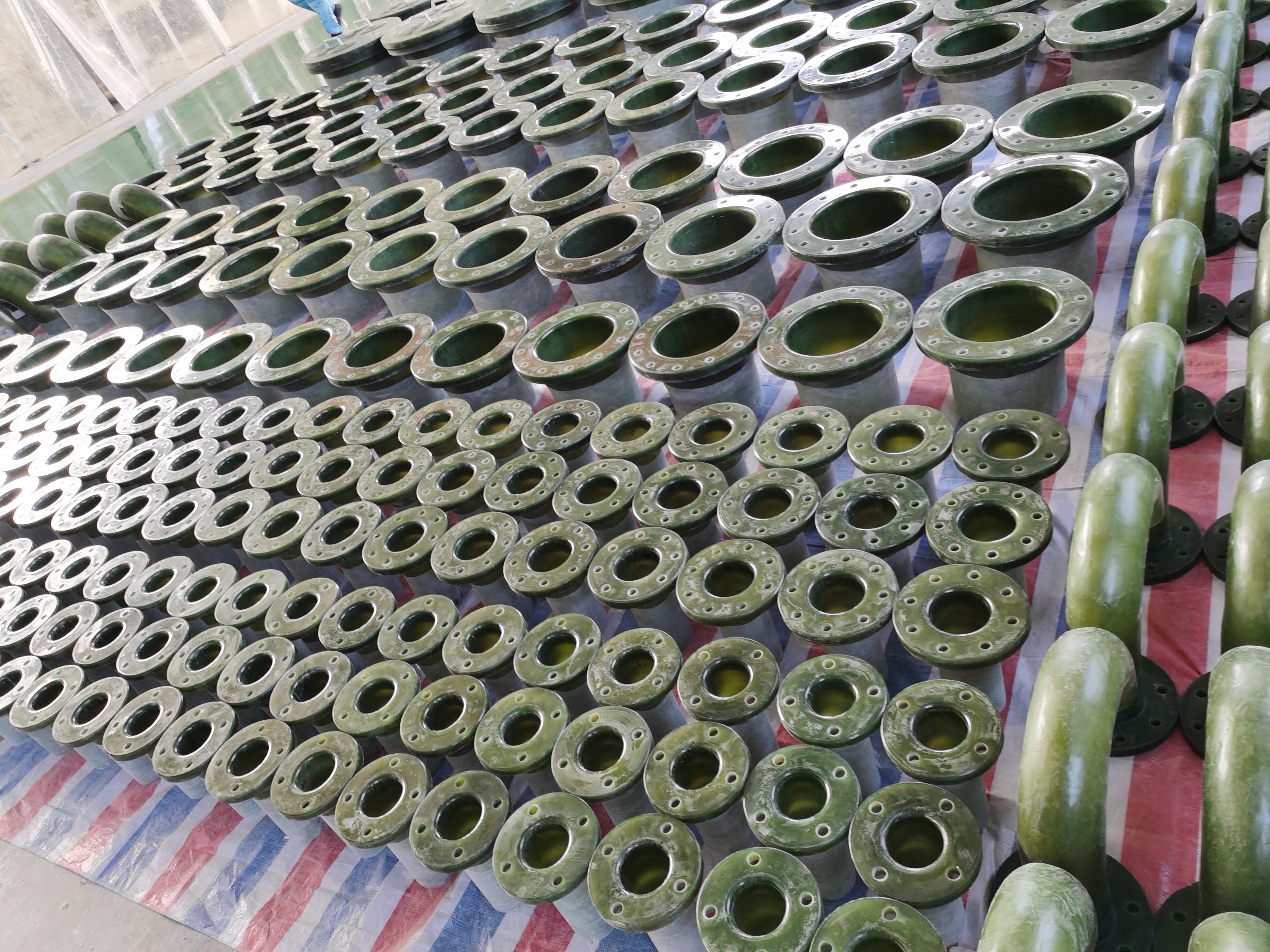
-
 Afrikaans
Afrikaans -
 Albanian
Albanian -
 Amharic
Amharic -
 Arabic
Arabic -
 Armenian
Armenian -
 Azerbaijani
Azerbaijani -
 Basque
Basque -
 Belarusian
Belarusian -
 Bengali
Bengali -
 Bosnian
Bosnian -
 Bulgarian
Bulgarian -
 Catalan
Catalan -
 Cebuano
Cebuano -
 China
China -
 China (Taiwan)
China (Taiwan) -
 Corsican
Corsican -
 Croatian
Croatian -
 Czech
Czech -
 Danish
Danish -
 Dutch
Dutch -
 English
English -
 Esperanto
Esperanto -
 Estonian
Estonian -
 Finnish
Finnish -
 French
French -
 Frisian
Frisian -
 Galician
Galician -
 Georgian
Georgian -
 German
German -
 Greek
Greek -
 Gujarati
Gujarati -
 Haitian Creole
Haitian Creole -
 hausa
hausa -
 hawaiian
hawaiian -
 Hebrew
Hebrew -
 Hindi
Hindi -
 Miao
Miao -
 Hungarian
Hungarian -
 Icelandic
Icelandic -
 igbo
igbo -
 Indonesian
Indonesian -
 irish
irish -
 Italian
Italian -
 Japanese
Japanese -
 Javanese
Javanese -
 Kannada
Kannada -
 kazakh
kazakh -
 Khmer
Khmer -
 Rwandese
Rwandese -
 Korean
Korean -
 Kurdish
Kurdish -
 Kyrgyz
Kyrgyz -
 Lao
Lao -
 Latin
Latin -
 Latvian
Latvian -
 Lithuanian
Lithuanian -
 Luxembourgish
Luxembourgish -
 Macedonian
Macedonian -
 Malgashi
Malgashi -
 Malay
Malay -
 Malayalam
Malayalam -
 Maltese
Maltese -
 Maori
Maori -
 Marathi
Marathi -
 Mongolian
Mongolian -
 Myanmar
Myanmar -
 Nepali
Nepali -
 Norwegian
Norwegian -
 Norwegian
Norwegian -
 Occitan
Occitan -
 Pashto
Pashto -
 Persian
Persian -
 Polish
Polish -
 Portuguese
Portuguese -
 Punjabi
Punjabi -
 Romanian
Romanian -
 Russian
Russian -
 Samoan
Samoan -
 Scottish Gaelic
Scottish Gaelic -
 Serbian
Serbian -
 Sesotho
Sesotho -
 Shona
Shona -
 Sindhi
Sindhi -
 Sinhala
Sinhala -
 Slovak
Slovak -
 Slovenian
Slovenian -
 Somali
Somali -
 Spanish
Spanish -
 Sundanese
Sundanese -
 Swahili
Swahili -
 Swedish
Swedish -
 Tagalog
Tagalog -
 Tajik
Tajik -
 Tamil
Tamil -
 Tatar
Tatar -
 Telugu
Telugu -
 Thai
Thai -
 Turkish
Turkish -
 Turkmen
Turkmen -
 Ukrainian
Ukrainian -
 Urdu
Urdu -
 Uighur
Uighur -
 Uzbek
Uzbek -
 Vietnamese
Vietnamese -
 Welsh
Welsh -
 Bantu
Bantu -
 Yiddish
Yiddish -
 Yoruba
Yoruba -
 Zulu
Zulu
Innovative Fiberglass Reinforced Plastic Water Tank Solutions for Modern Needs
The Advantages of FRP Water Tanks
In recent years, the demand for water storage solutions has surged due to urbanization, population growth, and an increased focus on sustainability. One of the most promising developments in this field is the use of Fiberglass Reinforced Plastic (FRP) for water tanks. FRP water tanks are becoming increasingly popular in various applications, from residential use to industrial storage due to their numerous advantages over traditional materials such as concrete and steel.
Durability and Corrosion Resistance
One of the most significant benefits of FRP water tanks is their exceptional durability. Unlike metal tanks, which are prone to rust and corrosion, FRP tanks are resistant to a variety of harsh chemicals and environments. This makes them particularly suitable for storing not just potable water but also chemicals and wastewater. With a lifespan that can exceed 30 years with minimal maintenance, FRP tanks represent a wise long-term investment.
Lightweight and Easy to Install
FRP water tanks are significantly lighter than concrete or metal tanks, making them easier to transport and install. This characteristic reduces the installation costs associated with heavy lifting equipment and provides greater flexibility regarding where tanks can be placed. Additionally, the light weight means that FRP tanks can often be placed on rooftops or other structures that might not support heavier alternatives.
Insulation Properties
Another advantage of FRP water tanks is their excellent insulation properties. The material helps to maintain the temperature of the water, minimizing heat loss or gain, which is particularly beneficial in regions with extreme temperatures. This insulation capability not only helps in conserving energy but also ensures that water remains at a suitable temperature for various applications, whether for drinking, irrigation, or industrial processes.
frp water tank

Customizable Design
FRP tanks offer a high degree of customization in terms of size, shape, and design. Manufacturers can tailor tanks to fit specific site requirements, be it for residential, commercial, or industrial use. This adaptability makes FRP tanks suitable for a wide range of applications, allowing for innovative solutions that can meet diverse water storage needs.
Eco-Friendly Option
With increasing awareness of environmental sustainability, FRP water tanks stand out as an eco-friendly option. The production process of fiberglass is less energy-consuming compared to traditional methods used for steel or concrete tanks. Furthermore, FRP itself is recyclable, contributing to reduced waste in landfills.
Cost-Effectiveness
While the initial investment in FRP water tanks may be higher than that of their concrete counterparts, the long-term savings associated with maintenance, durability, and energy efficiency make them a cost-effective choice over time. Reduced replacement frequency and less need for chemical treatments (due to their inert nature) contribute to overall savings.
Conclusion
In conclusion, FRP water tanks offer a plethora of advantages, making them a leading choice for water storage solutions in various sectors. Their durability, lightweight design, excellent insulation properties, and eco-friendliness position them as an attractive alternative to traditional materials. As more people and industries recognize these benefits, the future of water storage will likely see an increasing shift towards the use of FRP technology, ensuring that we have reliable and sustainable water solutions for years to come.
Latest news
-
Exploring the Benefits of Top Hammer Drifter Rods for Enhanced Drilling PerformanceNewsJun.10,2025
-
High-Precision Fiberglass Winding Machine for GRP/FRP Pipe Production – Reliable & Efficient SolutionsNewsJun.10,2025
-
FRP Pipes & Fittings for Shipbuilding - Corrosion-Resistant & LightweightNewsJun.09,2025
-
Premium FRP Flooring Solutions Durable & Slip-ResistantNewsJun.09,2025
-
Premium Fiberglass Rectangular Tanks Durable & Lightweight SolutionNewsJun.09,2025
-
Tapered Drill String Design Guide Durable Performance & UsesNewsJun.09,2025









